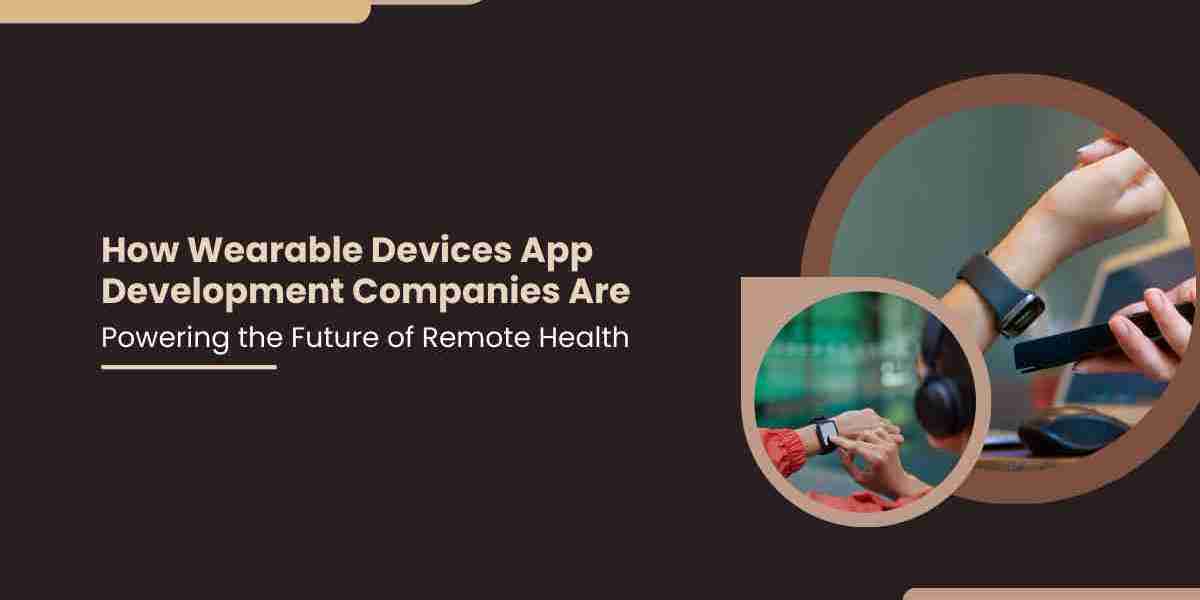The global wearable medical device market was valued at $22.44 billion in 2022 and is projected to reach $60.48 billion by 2027, growing at a compound annual growth rate (CAGR) of 21.9% . This growth is driven by the increasing prevalence of chronic diseases, the aging population, and the demand for personalized healthcare solutions. Wearable devices, such as smartwatches, fitness trackers, and medical-grade sensors, have become integral tools in remote health monitoring. These devices collect real-time health data, enabling healthcare providers to monitor patients' conditions remotely, leading to timely interventions and improved patient outcomes.
The Role of Wearable Devices in Remote Health
Continuous Monitoring
Wearable devices provide continuous monitoring of vital signs, including heart rate, blood pressure, blood oxygen levels, and sleep patterns. This continuous data stream allows healthcare providers to detect anomalies promptly and intervene before conditions worsen.
Chronic Disease Management
For patients with chronic conditions like diabetes, hypertension, and cardiovascular diseases, wearable devices offer a means to track their health metrics consistently. This data aids in adjusting treatment plans and medications, reducing hospital visits and improving quality of life.
Post-Surgical Recovery
Wearables play a crucial role in post-surgical recovery by monitoring patients' vital signs and physical activity levels. This information helps healthcare providers assess recovery progress and detect complications early.
Elderly Care
For the elderly population, wearable devices offer safety features like fall detection and emergency alerts. These features ensure that help is available promptly in case of accidents, providing peace of mind to both patients and caregivers.
How Wearable App Development Companies Contribute
Custom Application Development
Wearable app development companies specialize in creating custom applications tailored to specific healthcare needs. These applications interface with wearable devices to collect, analyze, and present health data in a user-friendly manner.
Integration with Healthcare Systems
These companies ensure that wearable applications integrate seamlessly with Electronic Health Records (EHR) and other healthcare systems. This integration facilitates the sharing of patient data across platforms, enhancing the coordination of care.
Data Security and Compliance
Given the sensitivity of health data, wearable app development companies implement robust security measures to protect patient information. They ensure compliance with regulations like the Health Insurance Portability and Accountability Act (HIPAA) to maintain data privacy and security.
User Experience Design
A focus on user experience is essential in healthcare applications. Wearable app development companies design intuitive interfaces that cater to diverse user groups, including the elderly and individuals with limited technical proficiency.
Also Read: Wearable Device Apps: Changing Everyday Life with Smart Technology
Challenges in Wearable Health Technology
Data Accuracy
Ensuring the accuracy of data collected by wearable devices is paramount. Inaccurate readings can lead to misdiagnosis or inappropriate treatment plans.
Battery Life
Long battery life is crucial for continuous monitoring. Wearable app development companies work on optimizing energy consumption to extend battery life without compromising functionality.
Regulatory Approval
Medical-grade wearable devices require approval from regulatory bodies like the Food and Drug Administration (FDA). Navigating the approval process can be time-consuming and complex.
User Adoption
Encouraging users to consistently wear and use the devices is a challenge. Companies focus on creating comfortable, aesthetically pleasing, and easy-to-use devices to enhance user compliance.
Also Read: Why Startups Should Invest in a Wearable App Development Company Now
Future Trends in Wearable Health Technology
Artificial Intelligence Integration
The integration of Artificial Intelligence (AI) into wearable devices allows for predictive analytics, enabling early detection of potential health issues before they become critical.
Advanced Sensors
Advancements in sensor technology will lead to more accurate and comprehensive health monitoring, including the detection of biomarkers and other physiological indicators.
5G Connectivity
The rollout of 5G networks will enhance the capabilities of wearable devices by providing faster data transmission, enabling real-time remote monitoring and telemedicine applications.
Personalized Healthcare
Wearable devices will play a significant role in personalized healthcare by providing data that allows for tailored treatment plans based on individual health metrics.
Conclusion
Wearable devices are revolutionizing remote health monitoring by providing continuous, real-time data that enables proactive healthcare management. Wearable app development companies are at the forefront of this transformation, developing innovative applications that enhance patient care, improve outcomes, and reduce healthcare costs. As technology advances, the integration of AI, advanced sensors, and 5G connectivity will further enhance the capabilities of wearable devices, paving the way for a future where healthcare is more personalized, accessible, and efficient.




